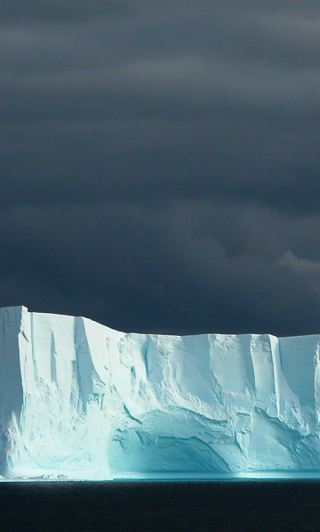Giant iceberg floats free
 The world has a new largest iceberg after a giant chunk broke off Antarctica.
The world has a new largest iceberg after a giant chunk broke off Antarctica.
A new iceberg, named A-76 by scientists, has turned up in satellite images captured by the Copernicus Sentinel-1 mission.
It spans a whopping 4,320 square kilometres of surface area, measuring 175km by 25km. It is almost 25 per cent larger than the Spanish island of Majorca.
A-76 is floating in the Weddell Sea, which also contains the new second-place A-23A iceberg, measuring about 3,380 square km in size.
A-76 came loose from the Ronne Ice Shelf on the flank of the Antarctic Peninsula. The shelf is one of the largest of Antarctica's enormous floating sheets of ice, which extend from the edge of the continent's landmass out into the surrounding seas.
The breaking off of massive icebergs, known as ‘calving’, is part of a natural cycle in this area.
However, some ice shelves have undergone serious disintegration in just a few years, which scientists believe may be related to climate change.








 Print
Print